My passion is street photography, although I suppose that is a convenient handle. I just enjoy taking pictures in towns and cities, something that has been around as long as photography.
We think of Henri Cartier-Bresson as the archetypal street photographer, although he probably wouldn’t have recognised the term. It’s a relatively new construction and, as a genre, has received great attention over the past ten years. Coincidentally, this also covers the time I’ve been actively involved.
Strangely, however, it is only in the past three years that I feel I’ve found my feet and begun to really focus my ideas.
The gear
My equipment of choice is pretty predictable for street work — a Leica rangefinder in the form of an M10 and 35mm Summicron. From time to time I also shoot with the 35mm Summilux, 50mm Summilux and the incredibly sharp 28mm Elmarit. The Elmarit, actually, is a great lens for street photography because of its wide depth of field, although I do prefer the slightly narrower 35mm focal length as a general-purpose optic.
The rangefinder is perfect for street photography, especially when using zone focus and a relatively small aperture such as f/8. With a 28mm or 35mm lens the depth of field at this narrow aperture is more than sufficient to allow instant shots without fiddling with the camera. I think of it as the fastest autofocus available to photographers.
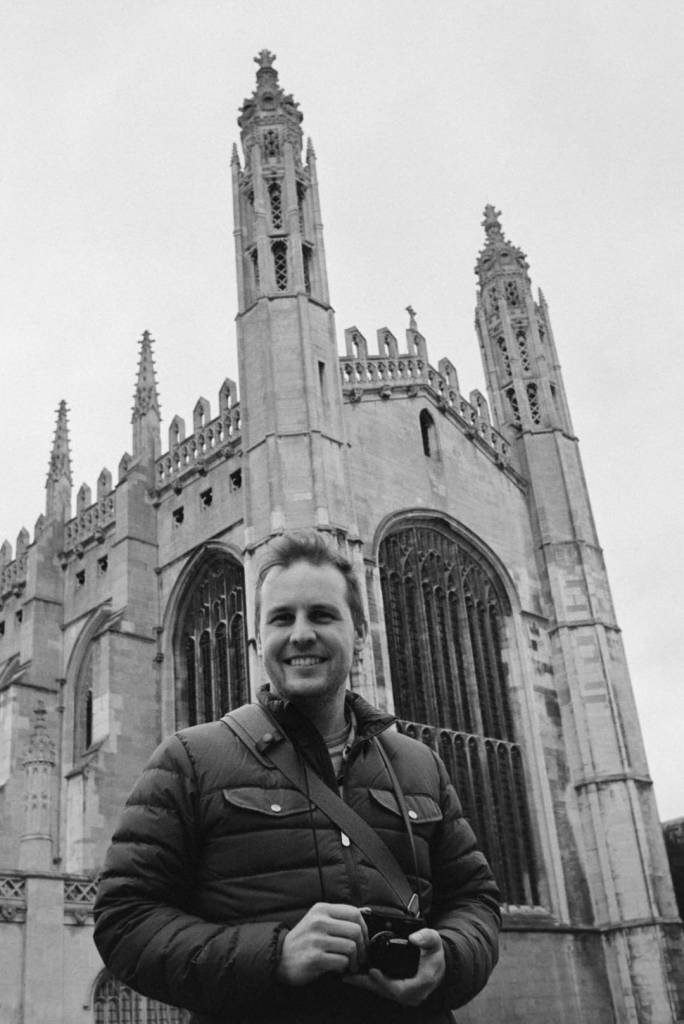
Projects
I’ve just completed a long-term project concentrating on the seaside — I live and work in a small seaside town in the North-East of England — but I’ll keep that for a future article. At the moment I am exploring the streets around different towns and cities in
Recently I have visited the city of Cambridge for a chance to shoot the streets and also meet up with some other friends/photographers from around the area.
Tucked away
My home on the coast means I’m somewhat tucked away from central hubs of other photographers so the chance to meet up with friends and shoot is always a great opportunity for me. It‘s good to see other practising street photographers working and talk about what about their individual styles and visions.
Cambridge is an interesting place for me to explore and take my own vision to the streets. A number of well-known contemporary photographers have hit on Cambridge and there seems to be a growing trend.
Big names
It’s interesting to walk the same streets and react to similar scenes but in a completely different way. One of the big names coming out of Cambridge at the moment is Craig Whitehead but there are also a few others, including Matt Hall and John Hughes.
Microtrend
All have a very graphical aesthetic to their images which seems to be catching on somewhat as a microtrend. However, as much as I appreciate their style of working and the aesthetics of their photographs, it isn’t really my style. It’s good to see, though, and interesting to walk the same streets and shoot what I see.
I think too many photographers at the moment (especially the users of Instagram) are copying these trends and recycling the same images. I guess that’s what we all do now as almost everything has already been shot; but I think you can also take what has been done and build on it with your own unique style.
Chasing followers
Images seem to have power only if they have ‘likes’ attached to them. People seem so wrapped up in pleasing others and chasing followers that they forget about staying true to themselves.
I have recently been playing around with a number of new project ideas. This has started to lead me somewhere and I’m perusing a project named ‘street people’. It includes a number of different locations around the UK and the people I find there. As this is a project still very much in it infancy, I’m still working on images and allowing the project to grow organically. With luck I will be able to report on this in more depth in a future article.

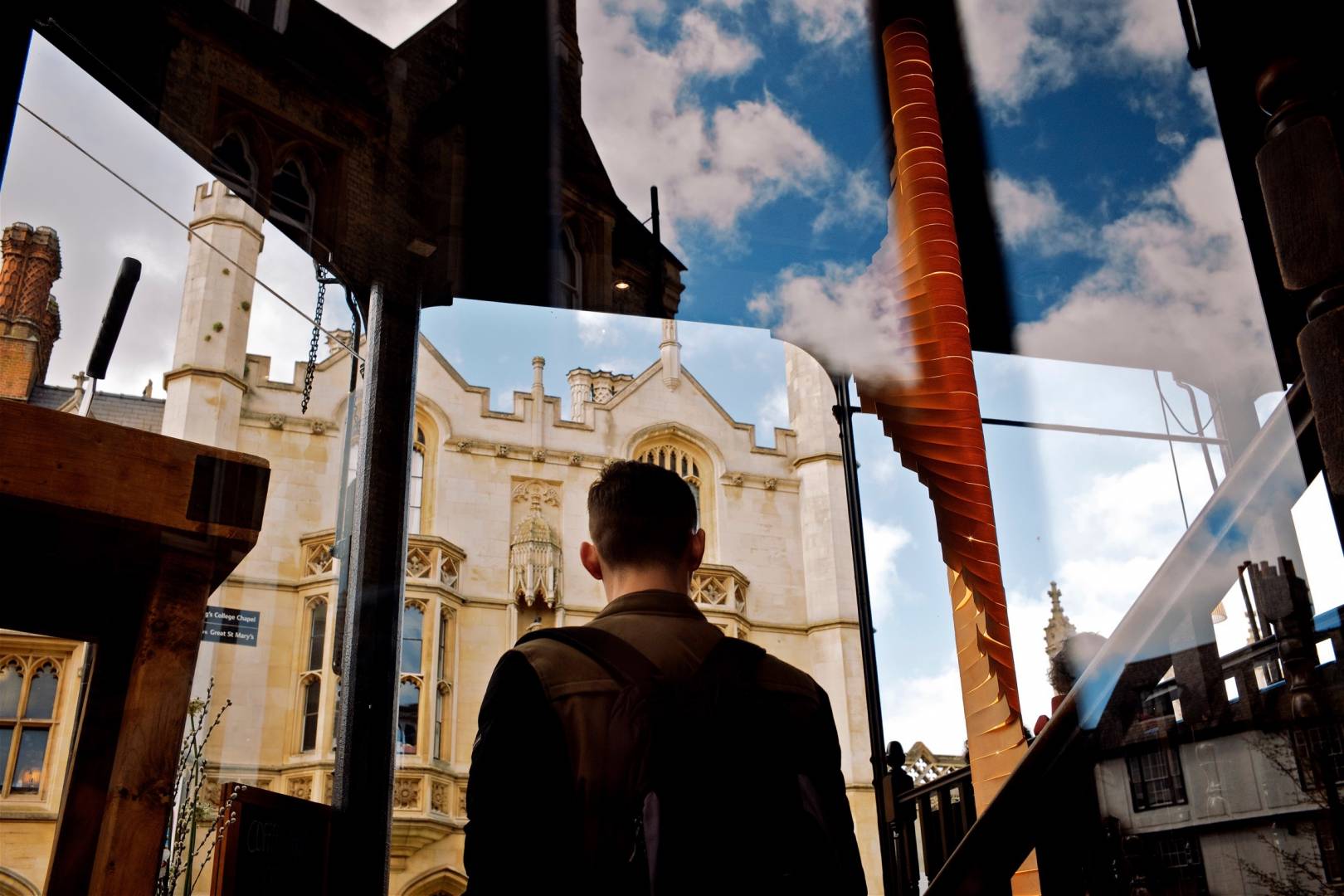

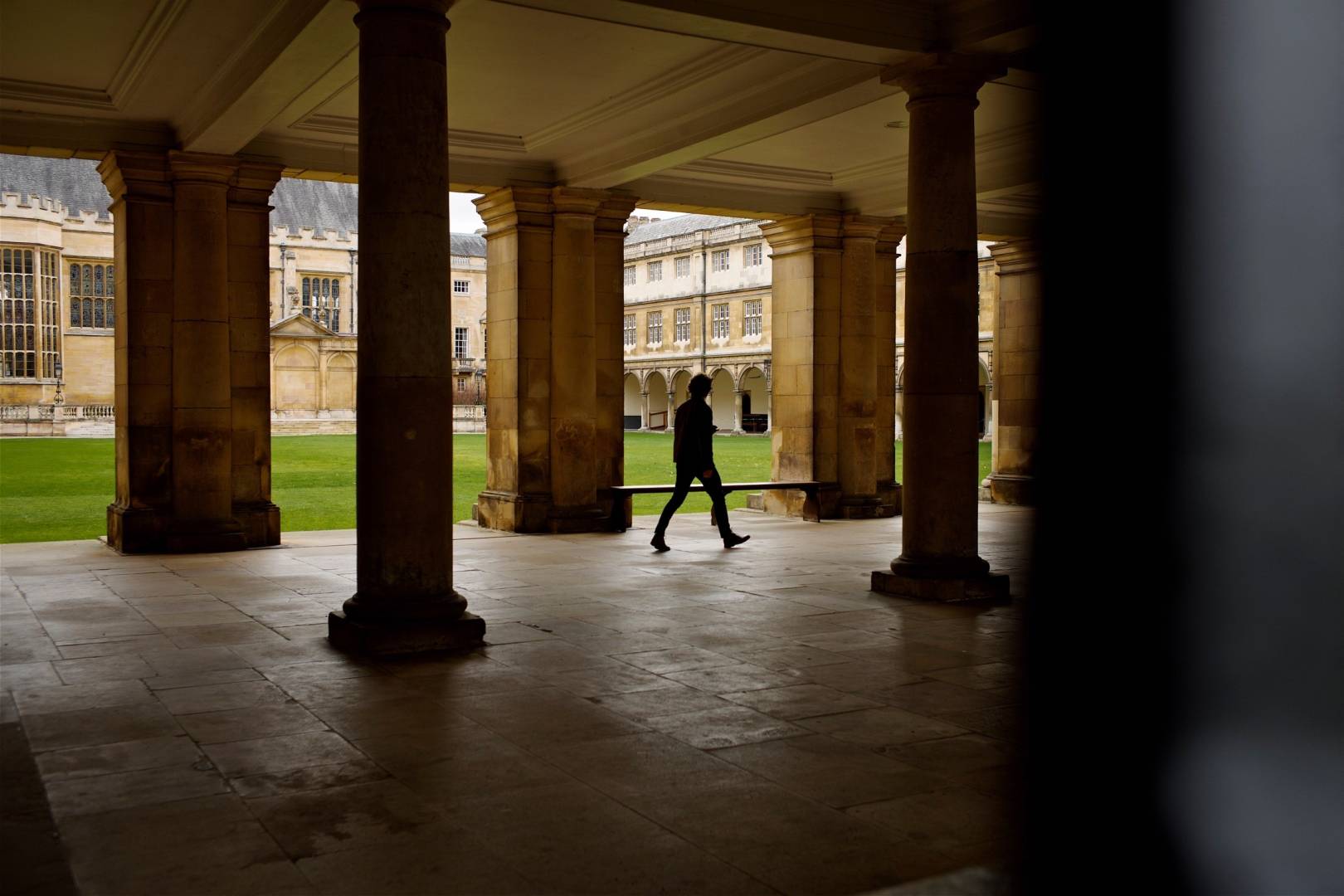


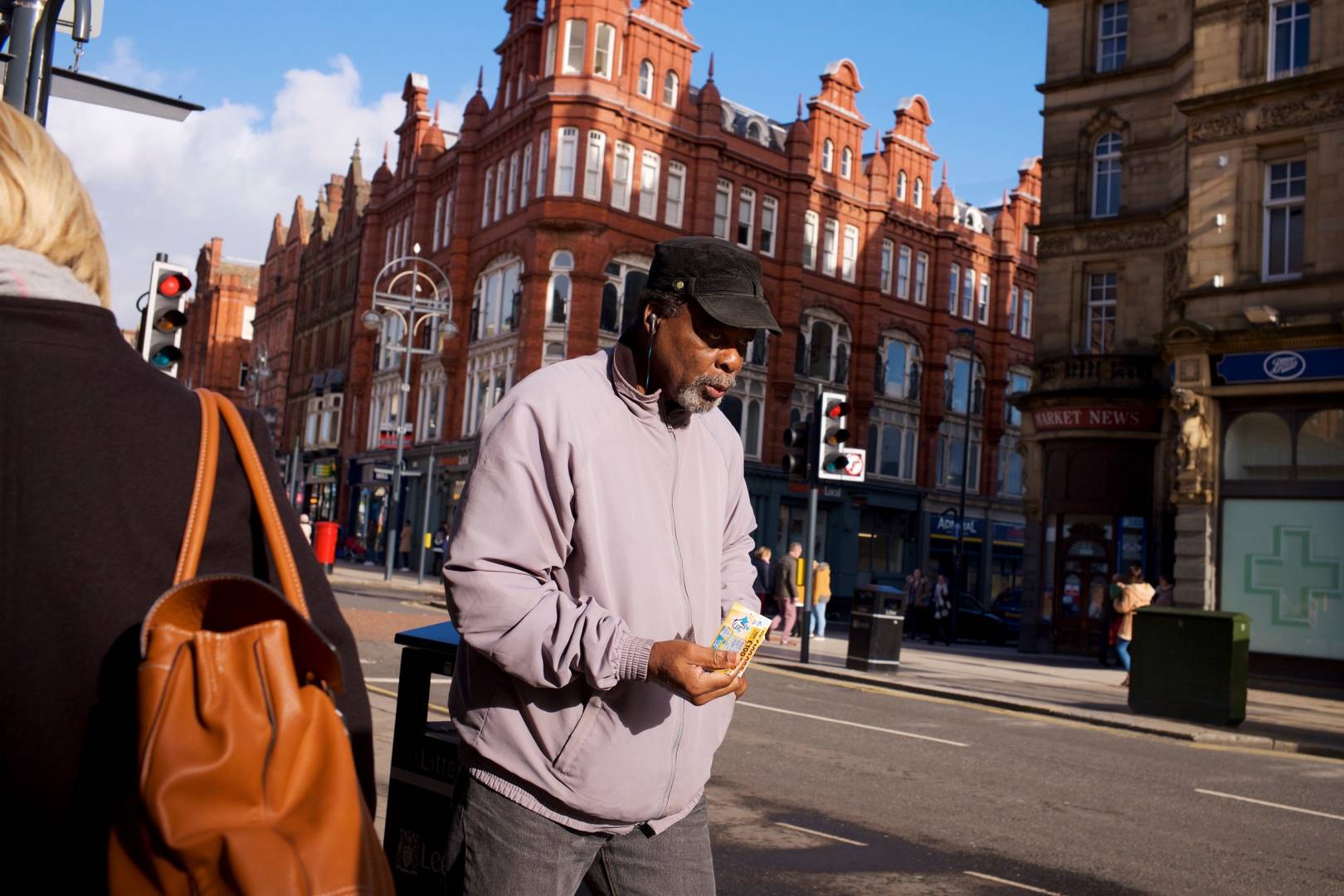
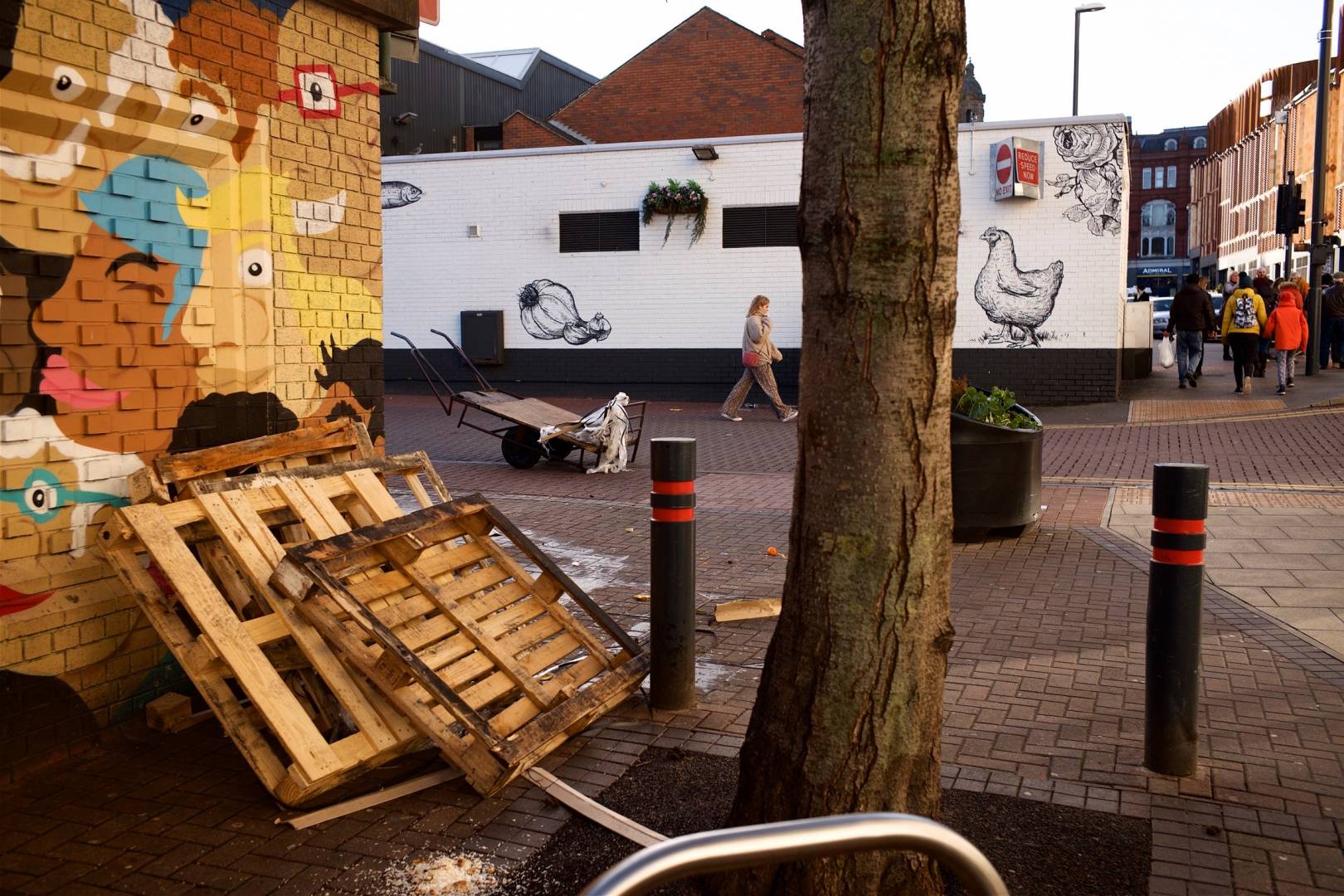
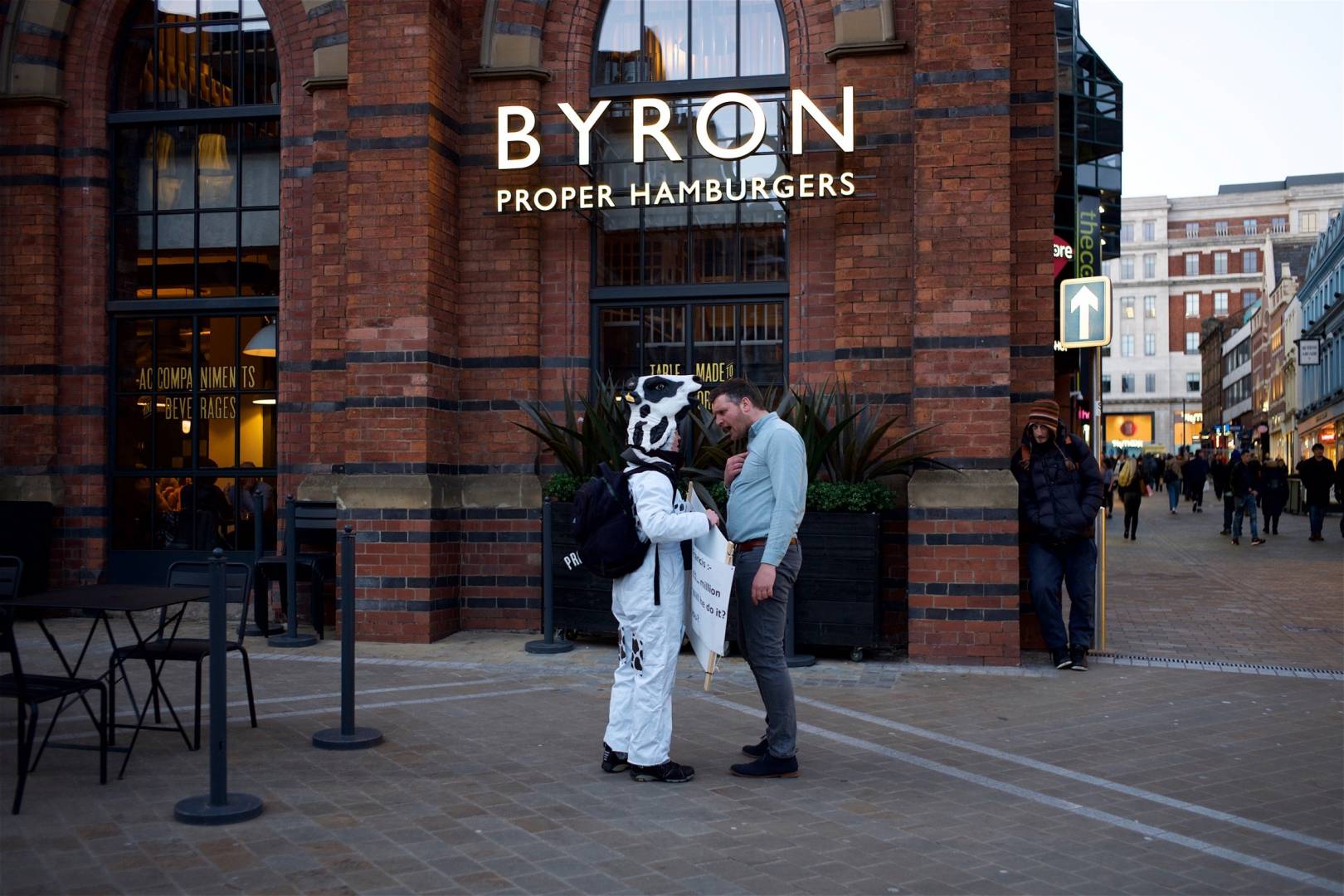
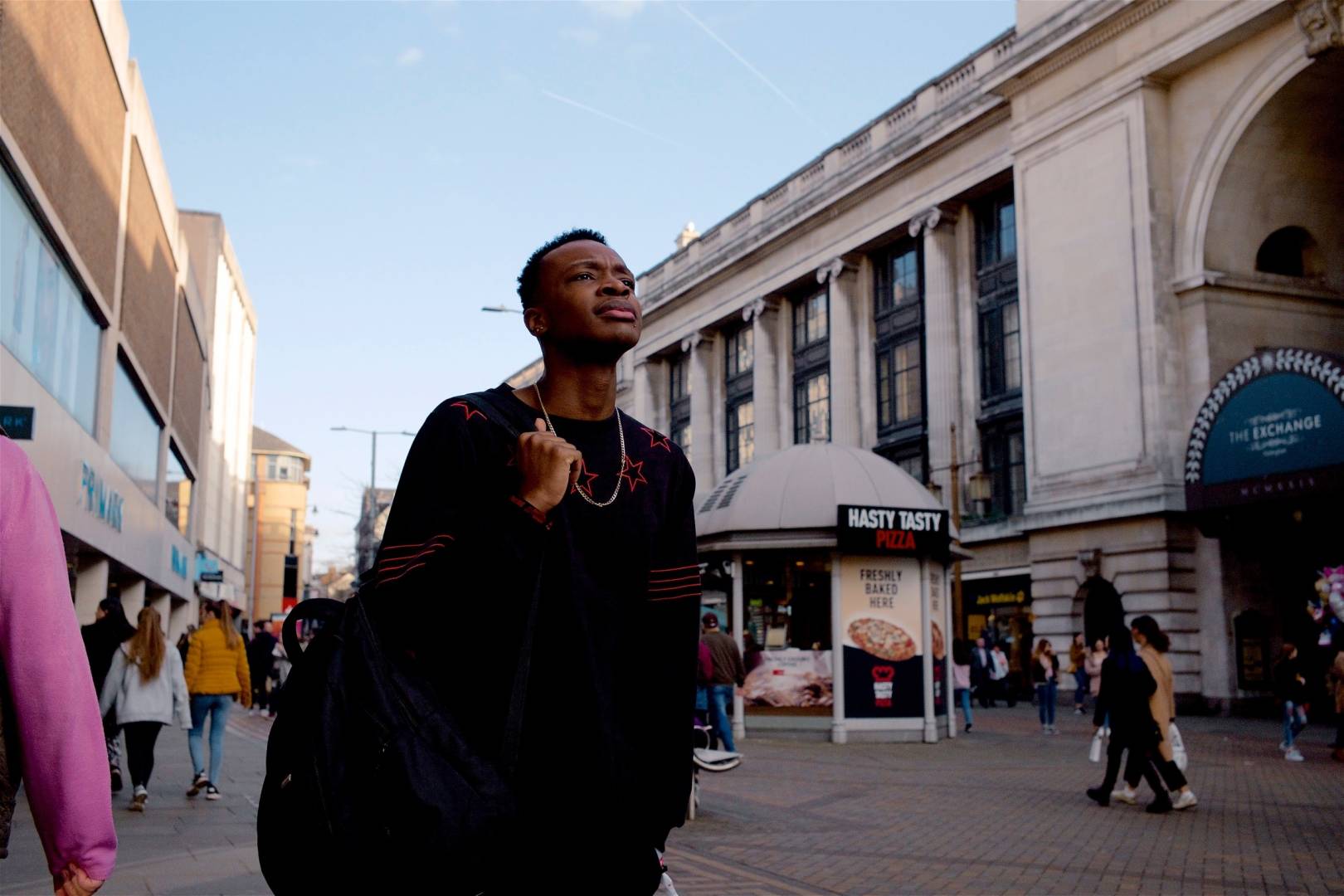
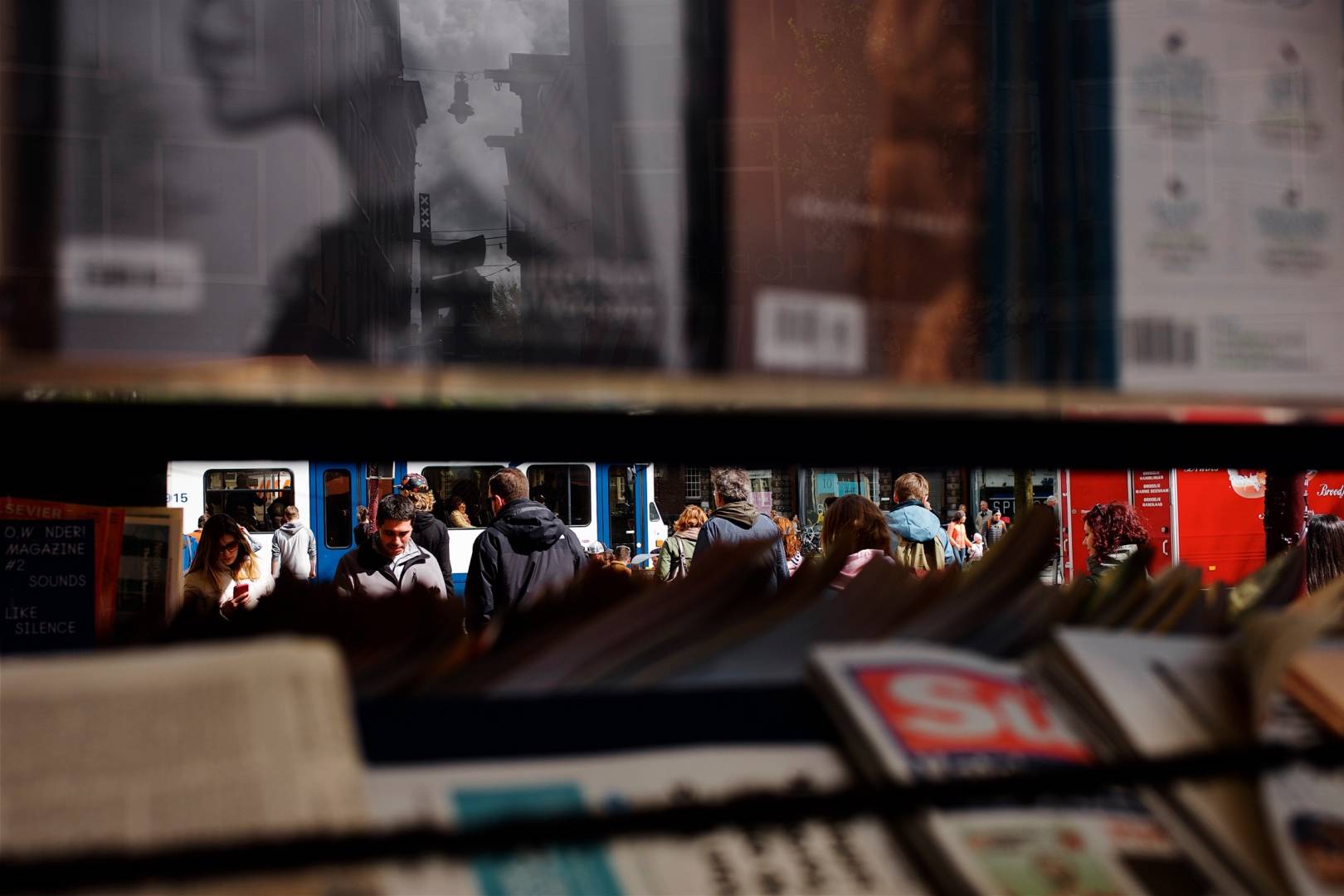
HA! My roots are the Scots that came over with the Huguenots, the second ship.
Or Hugnots as American spelling would have it…..
Really enjoyed your article and your photos, admit I am jealous of your gear, but happy for you and your travels. The second photo I still am trying to figure out cloud ceiling on right and different color support beam, is that a reflection from outside? Keep the travelogue coming.
Travelogue? Have you become a secret Briton up there in NY State?
Hey John, Glad you liked the article and photos. The gear is very nice to work with but don’t get me wrong its taken a number of years to save / get to this point.
The second photo is a little tricky I suppose, its shot through a window and the other side there was more widows looking out, so double. All the reflections drew me into the scene, the potential for the layering and an image with more to view and digest.
Hello Dan. I particularly like two of your images. The shot with the tree and red lanterns (?) uses severe light well. And your final image has intriguing layers. Quite interesting.
Hi Wayne,
Thank you very much, I’m glad you like the images! The two you mentioned aren’t particularly part of any project but more of a reaction to scenes I have seen while traveling around. I have placed them as part of my ‘Sensical Colours’ images on my website – comprising of images I like enough to publish but aren’t for any particular reason other than the fact I like them. Maybe that’s a series in its own right, I don’t know. I do like to play around with colours, layers and the abstract scenes! Any chance to explore this type of photography, often while out on the streets is one of my favourite things to do. Definitely gets the creative ideas flowing!
Dan
Nice work, Dan. While I don’t do street photography per se, a Leica M10 and 35mm Summicron would always be my choice for walking around photography. The 50mm Summilux is the best lens I have ever used, and I have used well over a 100 different lenses in my time, but it is a bit too narrow for general photography. That being said, I recently took a series of landscapes with a 50mm Summilux and they turned out very well. My choice for wide photography is the 24mm Elmar.
William
Hi William,
The Leica set up is beautiful to walk and photograph with. As im sure your aware its not much for the general person on the street to get excited about and enables me to get away with much more. I especially like to use my 28mm and get in the middle of situations, most people think your far to close to be doing anything that would include them.
I have recently made the move from the 35mm Summilux to the Summicron (don’t worry I have kept the Lux) due to size, weight and no need to be shooting at 1.4 during most situations.
I have to agree about the beauty of the 50 Summilux, such a great lens and a pleasure to shoot with. Unfortunately its taken somewhat of a back seat recently as I favour wider views but I pull it out from time to time.
All the best with your landscape photography, im sure a 24 Elmar suits very well!
Dan
.
Stop me if I’m boring you, and maybe I’ve said this before..
You say “..We think of Henri Cartier-Bresson as the archetypal street photographer..” not Garry Winogrand? ..not Diane Arbus? ..not Matt Stuart? ..not Vivian Maier? ..not the awful street flash mugger Bruce Gilden?
I think there’s a huge misunderstanding about this “street photographer” description. Cartier-Bresson was originally a painter, in the Surrealist manner ( https://en.wikipedia.org/wiki/Henri_Cartier-Bresson ) but he found that taking a photo was quicker than painting a picture. He looked for oddities, or interesting juxtapositions, or unusual compositions ..’pictures’, rather than random shots of strangers.
In his starting-out days in the 1930s, film was not as sensitive as today, so he took pictures with film of about ASA – now ISO – 10 to 30. And so the only places to take photos – where there was sufficiently bright light – were outdoors. He took photos in fields and streets and parks, like Monsieur Lartigue. Unless you had a magnesium flash, or kept the shutter open for a few minutes, there was nowhere else to take photos.
So he wasn’t a “street photographer”, but someone who took surreal, or odd, “significant moment” pictures outdoors.
I think that people have misunderstood this, and they think that he was keen on shooting “street-life” ..but he was more interested in capturing a specific peculiar, or remarkable, moment (..a man jumping over a puddle, a child coming home with groceries, a bicycle going round a bend, or a family picnic by the river..) ..a single moment which photography then let him keep forever ..and the only place to do that was outdoors.
He wasn’t, I don’t think, trying to reproduce a scene, so much as capture an otherwise irreproducible moment ..like this: http://www.mattstuart.com/photography
..he wasn’t interested in capturing “the streets” ..so much as a single memorable instant: http://tinyurl.com/y5tbzgr7 http://tinyurl.com/y5hhdl53 or http://tinyurl.com/yxogfplc – like, later, Diane Arbus: http://tinyurl.com/y4oxgrmk
To do that, and to make pictures that others may wish to hang on their walls, takes more than going into a street and taking shots of people passing by or standing about.
It needs having a clear idea of ‘composition’ ..what should be in the shot and what shouldn’t. Having a sense of the absurd and the unique: http://tinyurl.com/y3qjpx26 http://tinyurl.com/y2eywyla ..and being constantly prepared to catch the perfect instant: http://tinyurl.com/yxse4neu ..although nowadays Matt Stuart has the advantage of using much faster film – and so shooting indoors – than HC-B!
C-B didn’t go out to take pictures of “the street” ..he went out to take pictures (because he couldn’t do it indoors) and his pictures turned out to be of events in streets.
P.S: I really like the pictures on your own website!
Thank you very much David! Have you visited Cleethorpes by the way?
No, I haven’t been to Cleethorpes, nor “Sunny Hunny” (Hunstanton), but I do know Blackpool and Brighton ..oh, and Grimsby, of course(!)
I do like the bright, bold colours in your ‘By The Sea’ section of your site! These are much simpler pictures (for me) to relate to. Not cluttered, simple sights, easy to enjoy. No need to go hunting through the pictures to try to “understand” what they’re about. Lovely!
ha of course Grimsby! and I know Blackpool well – this is where I did my photography degree. I’m definitely drawn to the seaside!
Well thank you for taking the time to have a look through my images and I’m glad you have enjoyed the By The Sea project (I would say my most polished and longest running project) I will endeavour to produce more series in the style of this – with the ease of viewing / understanding. after all photography is a visual language and I need to communicate with the views.
Hello David,
Firstly thank you very much for your comment – its made for very interesting reading and I completely agree with you. You clearly know your photographic history and its obvious your very switched onto documentary / street / reportage (or what ever tag people want to use) genre of photography. For this article the HCB link is an easy name to drop and one that many photographers or other readers can relate and identify with. You are right to point out the other names that lend themselves to the popular genre of street photography, in fact many of which are larger influences on my own work. I would say that I am a product of a wide variety of influences and a nod to HCB is only fitting as many of the contemporaries today have taken influence from his work. Much like Bresson took influence from Matisse and many other modernist painters arriving out of the early twentieth century.
I too fell into photography from an art background and basically took a course in photography as a supplementary subject to my other art courses during my studies at college. I fell in love with the genre so much that I decided to take the subject to degree level. That was over ten years ago now, I have always been interested in the old masters of documentary photography but only recently the trend of ‘street photography’ has taken grip. This has led to more people viewing my work and it becoming more widely accepted. I have taken huge influences from painters of the modernist period, from Edward Hopper to Franz Kline but I also look to the contemporary well know photographers too – Alex Webb and Constantine Manos to mention a few.
I often see the street as a canvas and love to splash about abstract colours. The scenes I find are not always acceptable as what some of the purist street photographers would accept as ‘street photography’. This is not of my concern, I produce the images that please me, some are simple scenes with people, exploring moments or individuals. Where as some of my work is closer to expressionist art. But I suppose that is for the viewer to interpret and decide.
An interesting article Dan, thanks. I particularly like the last image.
Thank you very much Kevin
Hi Dan, I like the street people idea as a project, that would be a nice fit for your style of photography. I am curious as to which small seaside town you reside in, as I spend a lot of my spare time in Whitby, and have a love of the coast line upwards. Dave
Hey Dave! Thanks very much! I am from the small seaside town of Cleethorpes, so just a little further south than Whitby. I have just completed a series on the town if your interested – By The Sea; have a look if you like.. http://www.danbaker.me
Cheers Dan – The last time I went to Cleethorpes was in 1989, there was a nightclub on the pier and I recall a hazy night there. It looks like one of your shots suggests the building is still there.
Oh some time ago then! Yeah the pier is still there but has changed functions a few times. its currently a fish and chip shop – Papas. its always busy so I’m would guess it will remain a chip shop for some time to come now.
It actually sounds like a better use of it.
Your images of the area conjure my memories from all of those years ago. I had a friend who lived locally in the area, but like lots of things our lives took different paths and we lost touch. These things happen.
There as also a golf driving range at the end of the sea front, a full 200m one, which was fun too, and cheap.